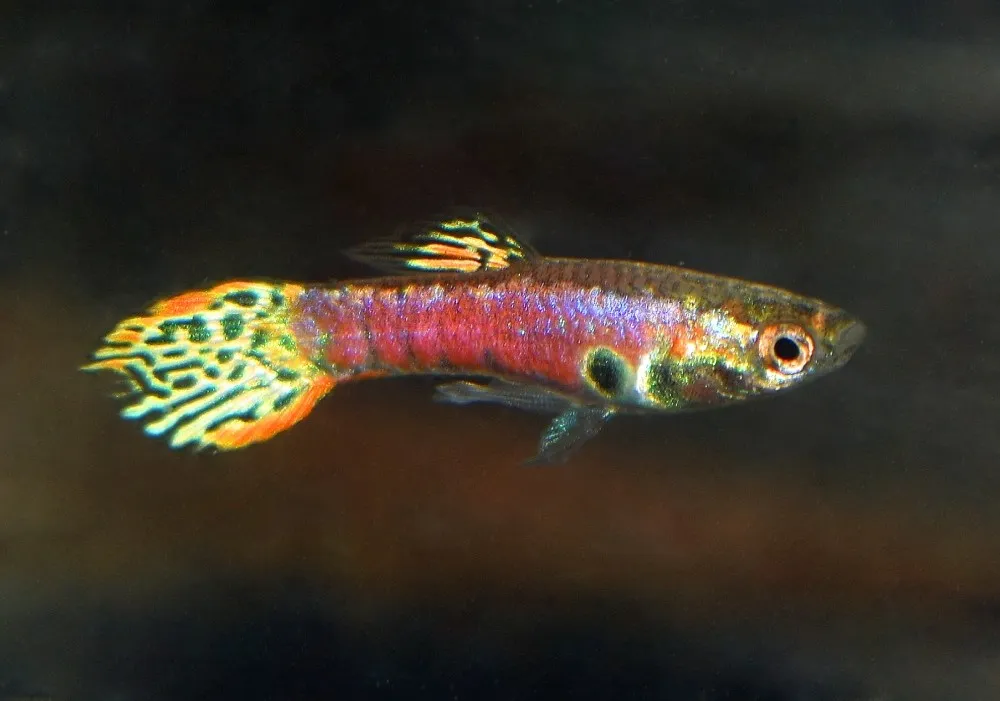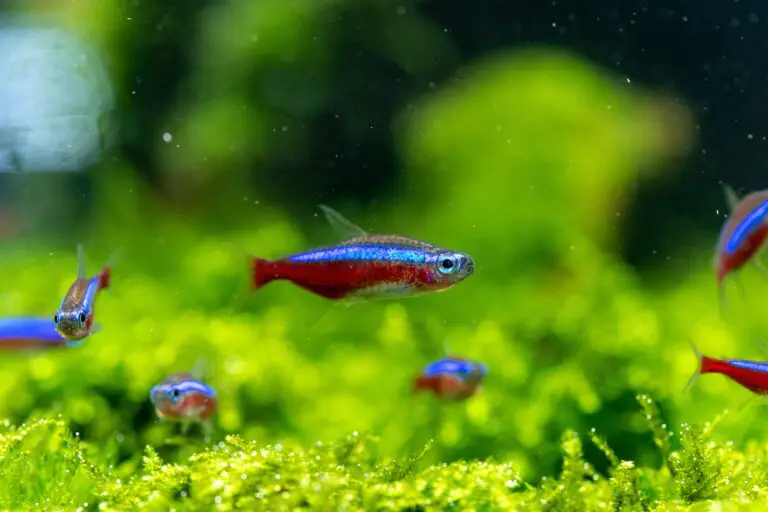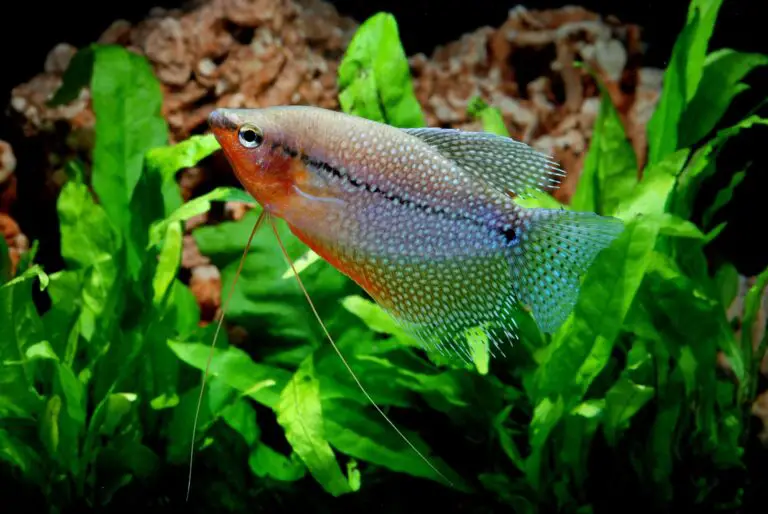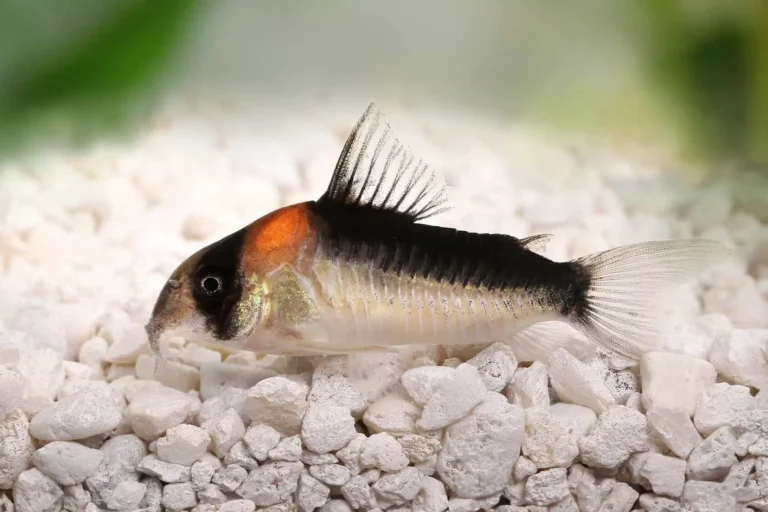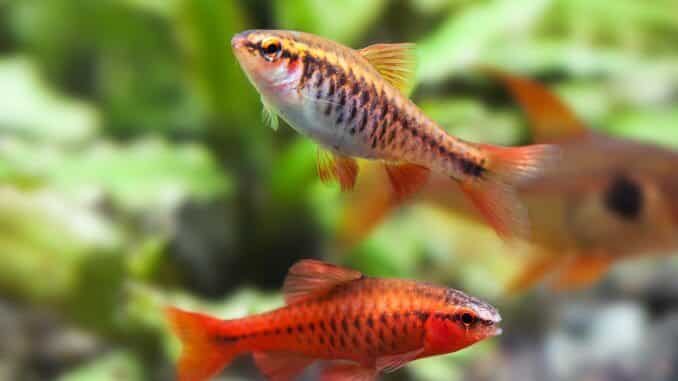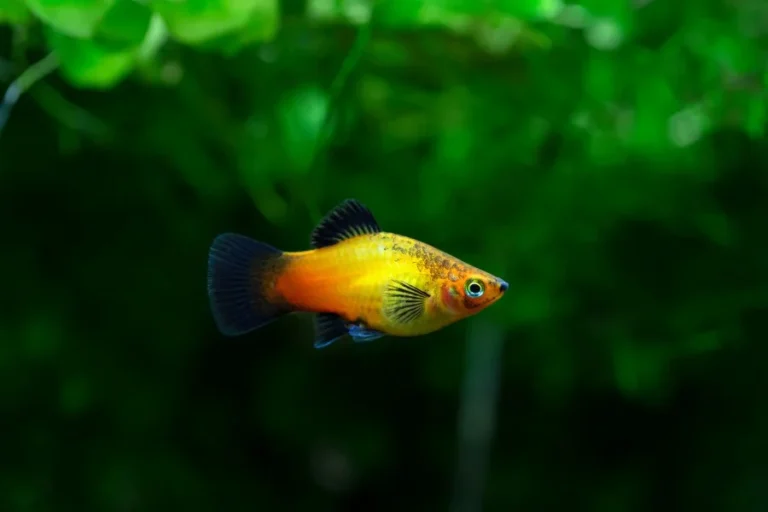Endler’s Livebearer: Discovering Nature’s Miniature Masterpiece
Nestled among the rushes and reeds of the secluded waterways in northern Venezuela, a small gem of the Pisciculture world sparkles. It neither boasts the size of the Emperor Cichlid, nor the ferocity of piranhas, yet this diminutive champion, Endler’s Livebearer, is thriving with unparalleled charm and color. For the nature enthusiast and the aquarist, there’s an entire microcosm waiting to be discovered within the confines of a tank or the expanses of a well-delineated biotope.
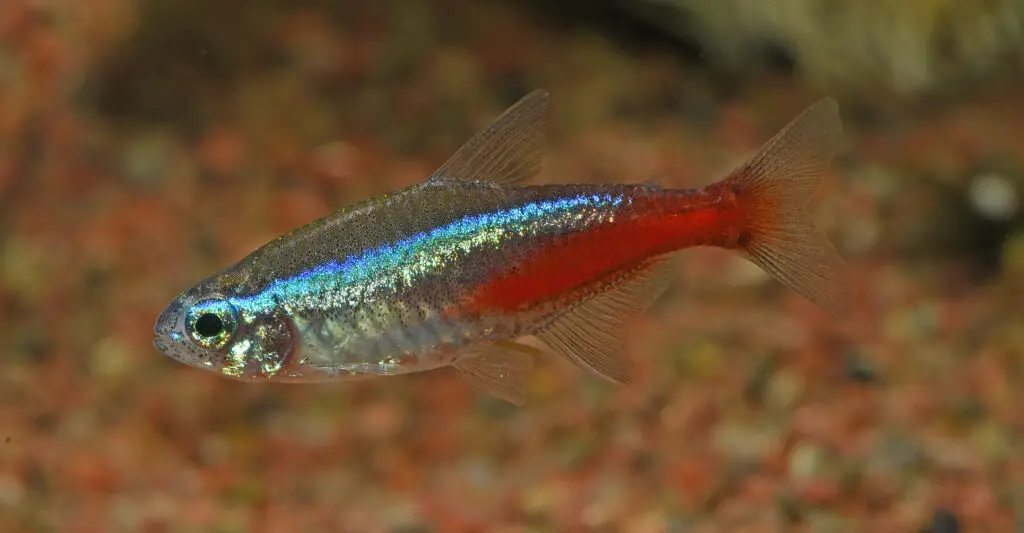
Origin and Habitat
Endler’s Livebearer, scientific name Poecilia wingei, is a small fish closely related to the guppy. Endemic to the shallow waters of the Gran Playa Lagoon system in northern Venezuela, it’s a marvel of evolution in a remote habitat under continuous threat from deforestation and human encroachment. This species was named in honor of John Endler, whose work on evolutionary ecology is seminal to understanding animal behavior and biodiversity hotspots.
Evolution and History
The story of Endler’s Livebearer is one of isolation and intrigue. Despite sharing its habitat with the common guppy, these fish are distinct and have evolved independently. First identified in the 1930s and formally recognized as a separate species in the late 1960s, Endler’s Livebearer gained popularity among aquarists as a more recent conservation movement sparked interest in preserving and studying these natural marvels.
Physical Characteristics
While genetically similar to the guppy, Endler’s Livebearer is smaller, averaging around 1 inch in length. Its most striking feature is its vivid coloration, which varies widely. Their fins can display a myriad of hues from iridescent turquoise and neon green to fiery orange and molten red. These colors are not purely for our human awe; they serve vital roles in the wild, helping males attract females and, theoretically, to avoid predators through ‘aposematism’, or warning coloration.
Unique Features and Adaptations
Beyond their beauty, Endler’s Livebearers have some fascinating physiological and behavioral adaptations. For instance, the Poecilia wingei is one of a few vertebrates known to be sexually reproducing triploids. In their natural habitats, controlling spawning in ecological studies is as simple as catching the pregnant females — they can’t help but conceive. Additionally, the Livebearer is distinctive for its viviparity — the females bear live young instead of laying eggs.
Care and Maintenance
Keeping Endler’s Livebearers in an aquarium is an opportunity for enthusiasts to manage a slice of Venezuela’s aquatic ecosystem safely within their homes.
Tank Setup
Given their small size, these fish do not require a massive tank. However, careful thought should be put into recreating a natural environment. This usually includes plenty of live plants for cover, as well as driftwood and rocks to resemble their native habitat, which is often lined with dense vegetation and shaded areas. Additionally, maintaining an environment with a pH between 6.5 and 8 and a temperature range of 72°F to 84°F will ensure the health and comfort of these little wonders.
Feeding Habits
Endler’s Livebearers are not picky eaters and will appreciate a varied diet. A combination of high-quality flake foods, live or frozen foods like brine shrimp or daphnia, and even small pellets will keep them healthy and vibrant.
Breeding Tips
The simplicity of breeding Endler’s Livebearer adds to the appeal for many aquarists. Feeding a nutritious diet, ensuring a comfortable environment, and providing places for fry to hide will often lead to successful reproduction. It’s not uncommon for a single female to give birth multiple times from a single insemination, a strategy for reproductive assurance in these precarious lagoon ecosystems.
Benefits of Keeping Endler’s Livebearer
Beyond the joy of experiencing these beautiful creatures up close, there are ecological benefits to keeping these fish in your aquarium.
Natural Pest Control in Tanks
Endler’s Livebearers are active feeders and will help keep tanks free from unwanted pests like mosquito larvae. They’re known for their opportunistic feeding habits and will eagerly consume any small insects or crustaceans present in the water.
Contribution to Biodiversity Conservation
By keeping and breeding Endler’s Livebearer in captivity, individuals are not only potentially contributing to the preservation of a unique species but are also indirectly supporting conservation efforts. The captive population provides a type of ‘insurance’ for the species, particularly against local extinctions and genetic bottlenecks.
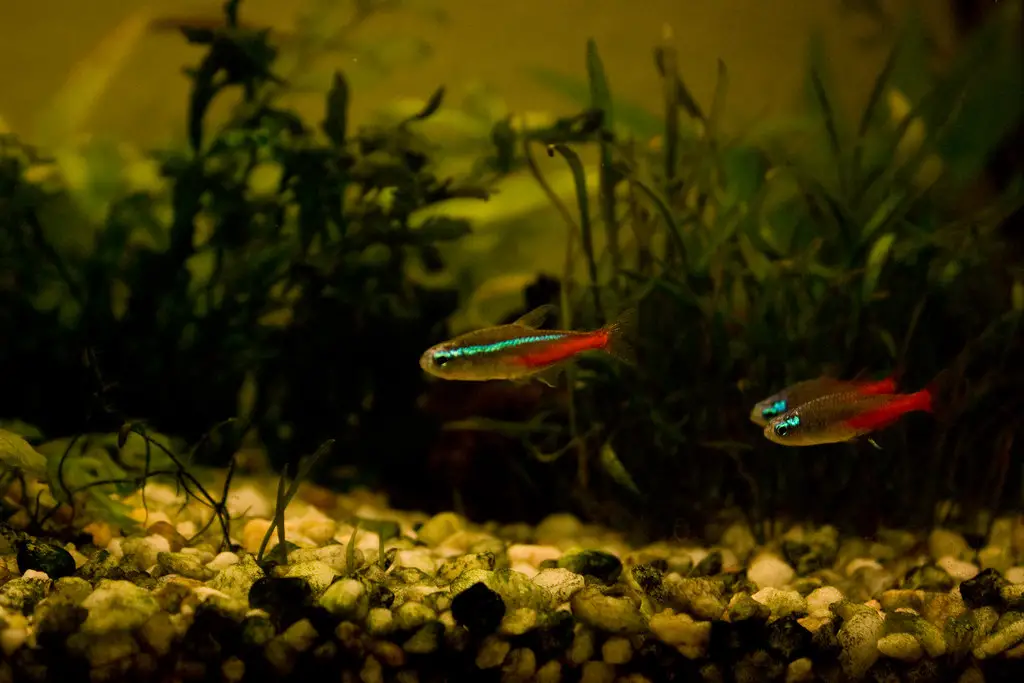
Community Engagement
For those truly bitten by the Endler’s Livebearer bug (figuratively, of course), there are active online communities and clubs dedicated to enthusiasts. Sharing knowledge, experiences, and even trading specimens can not only add depth to your hobby but also help you to contribute positively to the health and robustness of the community at large.
Joining these groups can also lead to learning more about specific lineages of Endler’s Livebearer, which can be quite diverse and valuable. Some lines, through selective breeding, have developed unique and breathtaking patterns that fetch impressive prices on the market.
Conclusion
Endler’s Livebearer is not just about the allure of their colors or the simplicity of their keeping. It’s a testament to nature’s ingenuity and resilience. By exploring the world of the Endler’s Livebearer, one can gain a deeper appreciation for the intricacies of the animal kingdom and the role we can play in its conservation. For nature enthusiasts and fish keepers alike, adding these jewels to your collection can be an enriching experience, both personally and ecologically. It is no wonder that even in the vast and varied world of aquarium species, the Endler’s Livebearer stands out as a charming and compelling choice for many.

